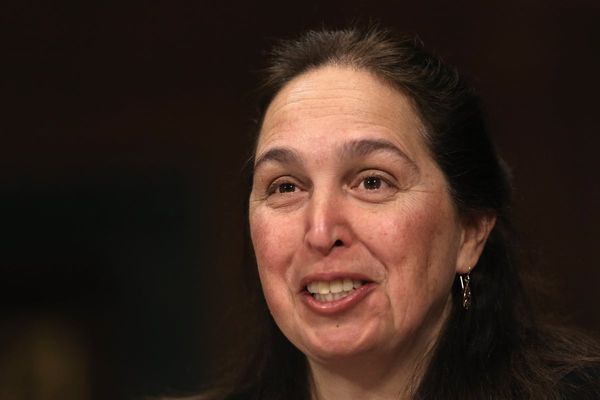Last month’s deadly multi-train collision at Balasore — which was caused by tampering of signalling equipment, and left at least 295 people dead, with over a thousand injured — may have shocked the Railways into speeding up its overhaul of signalling systems at all stations. This involves converting the system from conventional relay interlocking to electronic interlocking technology, which is harder to tamper with.
In the 12 years since the electronic interlocking technology was introduced in the country, less than 40% of India’s 7,325 railway stations have made the switch. After a recent high-level meeting on increasing the pace of the revamp, held in the aftermath of the Balasore accident, top Ministry officials told The Hindu that they aim to overhaul the remaining stations in about six years.
Capacity bottleneck
However, even this timeline may be challenging, given the capacity constraints of the companies manufacturing and setting up the new systems, who also attended the high-level meeting. Depending on each station’s size, the cost of revamping a single station ranges between ₹5 crore and ₹20 crore. Along with the fact that entire sections of railway track need to be shut down to revamp station signalling systems, officials estimated that not more than 500 stations can be overhauled each year. With 4,437 stations yet to be revamped as on December 2022, the latest figures available, the six-year goal put forward by senior officials may be too ambitious.
While officials did not reveal the names of industry representatives who attended the high-level meeting, major companies such as Bengaluru-based Invensys Rail Systems, Ansaldo STS Transportation, Delhi-based GE Transportations Systems, Hyderabad-based Media Servo Drives, Mumbai-based Siemens, Alstom Projects, and Gujarat-based Bombardier Transportation are among the industry’s top players. They are among the vendors who have previously been asked by the Railway Ministry’s Research Designs and Standards Organisation (RDSO) to get their products approved according to government specifications, sources said.
Copper to optical fibre
The Balasore accident occurred due to manual tampering of signalling equipment involving multiple copper wires. A top Ministry official explained that the revamp plan involves replacing the copper cables which are used in electromechanical systems with the optical fibre used in completely electronic systems. “While copper cables are used for electricity to pass through it with ease, optical fibres transmit light signals over long distances eliminating the need for manual handling at multiple points,” the official said.
Another senior Ministry official confirmed that the overhaul would involve installing computer chip-based controls known as ‘solid state point object controllers,’ which would substantially reduce the risk of Balasore-like accidents. “Once you have an object controller, the amount of cabling, placement of location boxes, and wiring gets reduced. These object controllers are connected through optical fibre to points, signals, and track circuits, and intermediate locations get eliminated. In case of any changes being made to the object controller, it will go on a set down mode. If anyone reverses any connection by mistake, then it will detect it,” the official explained.
“In layman’s language, one operates multiple switches in the house individually, but if all the devices are connected through bluetooth tech for instance, and can directly be operated through central voice commands, then the switch interface is eliminated. It is something like that,” he added.
Slow pace
The RDSO first proposed electronic interlocking systems in 2011, starting with select stations. “The Indian Railways was only providing electronic interlocking systems for large and medium-size stations. A total of 200 were selected for the overhaul. It did not propose this system in small stations, even though it was crucial,” said a former official who oversaw signal and telecom works in the Railways.
After the 2011 specifications issued by RDSO to overhaul select stations, another specification was released in 2013-14 to undertake this activity in more stations. But this is subject to “constraints”, the former official said.
Also read | Railways yet to rectify coupler issue that detaches coaches from engine
“Rehauling systems and changing from one system to another requires blocking a railway section for maintenance. On high density routes, we get limited time for acquiring block sections. Also, the industry players are limited and can only deliver as many stations each year. These are limiting factors to overhauling the entire system in a shorter time,” the former official added.







